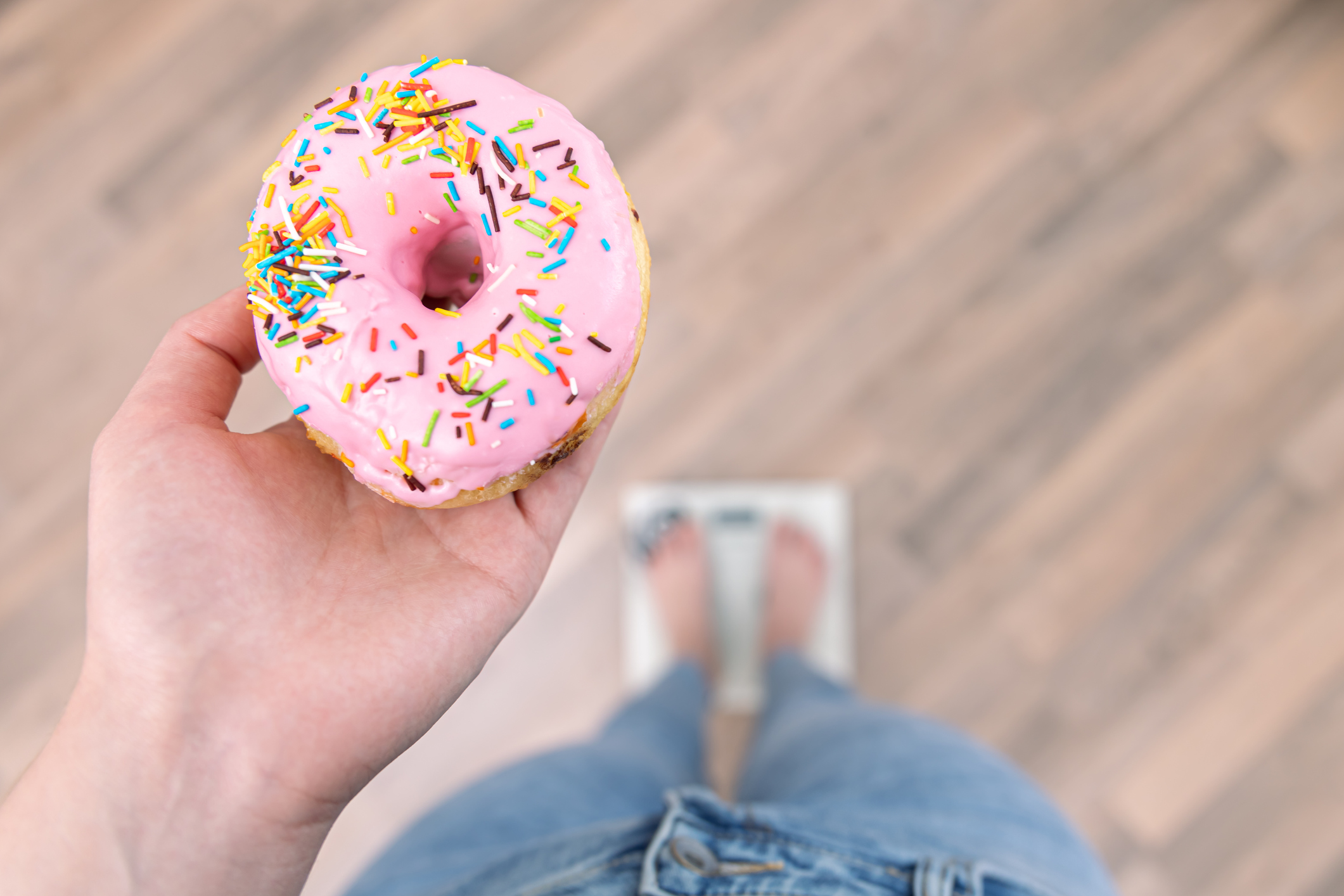
FEATURE — Are you aware that 74% of Americans are either overweight or obese?

DragonImages/iStock/Getty Images Plus, St. George News
It is interesting to study the eating habits of societies throughout history. In the not-so-distant past, people were in survival mode, living in hunter-gatherer communities where extra body fat and weight could make a difference in their longevity. Those who ate a greater volume of food did not gain weight.
About 50 years ago, large food manufacturers started to change the way foods were packaged and processed. The goal for these companies was to make foods taste better. Over time, the food industry created more flavors and a greater variety of foods, most of them ultra-processed and calorie-dense. These foods use flavors that mimic tastes and smells, which allows them to be manufactured cheaply.
Manufacturers have made food ubiquitous, ultra-convenient and continuously available. What’s more, they know what they need to do with their advertising to get us to eat, even when we are not hungry, by playing to our busy lifestyles.
All of this has had a devastating effect on our eating habits and our health. With the temptation to eat continuously, we have become a nation of snackers. Convenience foods make it easier to eat while doing other things, like computer work or watching television. But when you are eating and doing other things at the same time, the brain does not pay attention to the “full” signals it receives, and most people overeat. For a society that is always on the go, these foods lend themselves to unstructured eating, eating alone and eating in a hurry, which then leads to overeating. Chronic diseases associated with obesity have become more real and more prevalent.
High-calorie, ultra-processed foods contain very little nutrient value. A study from 2019 demonstrated that study subjects, when given the opportunity to eat as much as they wanted in a controlled environment, consumed 500 calories more per day if they chose ultra-processed foods versus nonprocessed foods. Five hundred calories per day is 3,500 calories per week, which means one pound gained in one week. In one month, if allowed to eat only these ultra-processed foods, you would gain four pounds and in six months, you would gain 24 pounds.
Caloric density is the number of calories in a given portion of food. If people would eat foods that have fewer calories per bite, they would eat fewer calories per day and therefore, not gain weight. They may even lose weight.

As an example, one-and-a-half chocolate squares and three small squares of cheese have the same amount of calories as 6 cups of cucumbers or 2 cups of baby carrots. Why do people over consume these calorie-dense foods? Sugar is heavenly. Fat is what makes food melt in your mouth (ultra-processed foods are loaded with fats).
Salt is the flavor burst as it is a surface item and is the first thing that hits your mouth. But the “wow factor” is when you combine all three! The combination of these irresistible foods stimulates people to overeat. No one ever really overeats when they have a plate of cucumbers or apples in front of them.
So get rid of ultra-processed foods in order to cut the cravings. Get rid of the calorie-dense foods that add up fast, even when you’re not overeating. Load up with fruits and vegetables that are simple, clean and unprocessed. Load up on proteins, such as chicken and fish, that are healthy and clean and not ultra-processed. Stay away from the middle aisles in the grocery store where you find all the boxed or bagged foods. Forget about variety. Food is fuel! Eat to live; don’t live to eat!
Let’s work together to get rid of the national obesity pandemic and commit to becoming a healthier society by changing our food choices.
Written by DR. COLEEN M. ANDRUSS, Healthy Lifestyles.
This article was originally published in the Sept/Oct. 2021 issue of St. George Health and Wellness magazine.
Copyright St. George News, SaintGeorgeUtah.com LLC, 2022, all rights reserved.